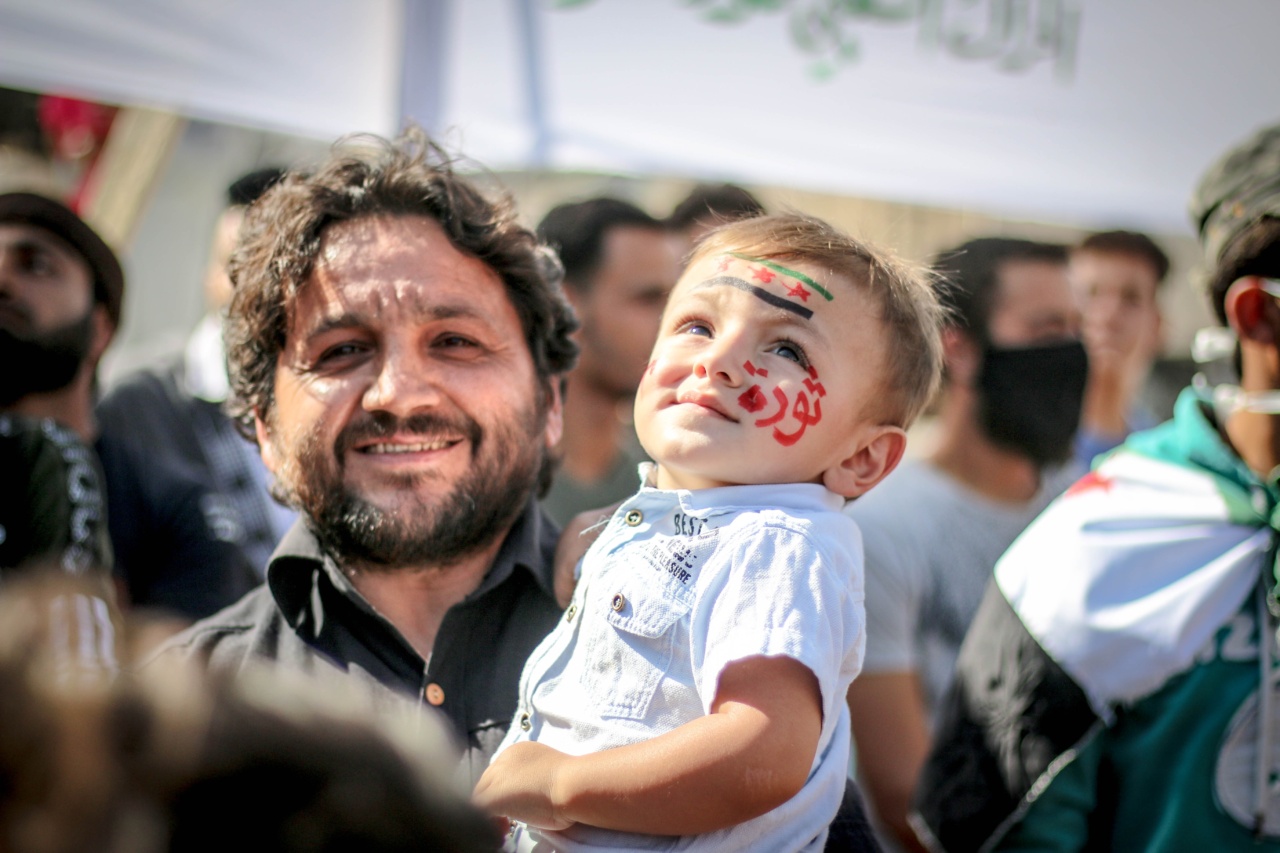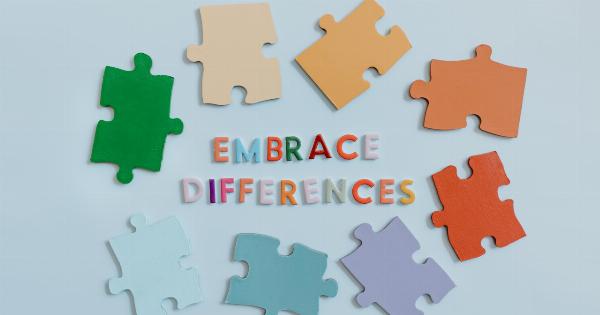Child abuse is a grave issue that continues to afflict our society despite our best efforts to eradicate it.
It refers to any act or failure to act by a parent, caregiver, or other responsible individuals that results in harm or potential harm to a child. This could be in the form of physical, emotional, or sexual abuse, as well as neglect. Child abuse often has long-lasting and devastating consequences on the victims, affecting their physical and mental well-being.
The Need for Awareness
In order to combat child abuse effectively, it is crucial to raise awareness about the issue. Education and understanding play a significant role in prevention, early detection, and intervention.
By launching a “Speak Up Against Child Abuse” campaign, we can empower individuals to recognize the signs of abuse and take action to protect and support vulnerable children.
Understanding Child Abuse
Child abuse can manifest in different forms, namely:.
Physical Abuse
Physical abuse involves the intentional use of physical force against a child, resulting in injury, pain, impairment, or even death. It often leaves behind visible marks or injuries such as bruises, burns, fractures, or welts.
Children who suffer from physical abuse may exhibit signs of fear, aggression, or withdrawal.
Emotional Abuse
Emotional abuse is characterized by constant criticism, rejection, humiliation, or withholding of love and affection. It can have severe psychological effects on a child, leading to low self-esteem, anxiety, depression, and even suicidal tendencies.
Recognizing the signs of emotional abuse can be challenging as there are no external physical indications.
Sexual Abuse
Sexual abuse involves any form of sexual activity imposed on a child, including rape, molestation, or exposure to explicit content. Victims often experience guilt, shame, and confusion, making it difficult for them to disclose the abuse.
Behavioral changes like nightmares, sudden fear of specific people, or sexualized behavior may indicate sexual abuse.
Neglect
Neglect refers to the failure of ensuring a child’s basic needs, such as adequate food, shelter, supervision, education, and healthcare.
It can include both physical neglect, where basic necessities are not provided, and emotional neglect, where a child’s emotional well-being is consistently disregarded. The consequences of neglect can range from malnutrition to developmental delays.
Recognizing the Signs
Recognizing the signs of child abuse is crucial for early intervention. The following are potential indicators:.
- Unexplained injuries or frequent accidents
- Changes in behavior, such as aggression, withdrawal, or fearfulness
- Sudden decline in school performance
- Unusual sexual knowledge or behavior inappropriate for their age
- Difficulty walking or sitting
- Poor hygiene or lack of appropriate clothing
- Extreme hunger or fatigue
- Repeated absences from school
- Emotional instability or depression
- Disinterest in activities they previously enjoyed
The Importance of Reporting
Reporting suspected cases of child abuse is not just an ethical responsibility but a legal obligation. Many cases go unreported due to fear or lack of knowledge about the reporting process.
Child protective services and helplines are available in various countries to support those who want to report abuse. Reporting provides the necessary intervention and ensures the child’s safety.
Prevention and Intervention
A comprehensive approach is required to prevent child abuse and provide adequate support to victims:.
Education and Awareness Programs
Implementing educational programs at schools, community centers, and healthcare facilities to educate children, parents, and caregivers about child abuse prevention strategies, identifying signs of abuse, and the importance of reporting is vital.
By creating awareness, we can enhance child protection within our society.
Parental Support and Counseling
Offering parenthood classes, counseling sessions, and support groups can help parents develop positive parenting skills, reduce stress levels, and prevent abusive behavior.
Providing access to resources and assistance can create a nurturing environment for children, reducing the risk of abuse.
Legislative Reforms
Strengthening laws and policies related to child protection, ensuring swift prosecution of offenders, and establishing specialized courts can deter potential abusers.
Legislative reforms should prioritize the rights and best interests of children, offering them legal protection and a platform for justice.
Partnerships and Collaboration
Collaboration among government agencies, NGOs, community organizations, and healthcare providers is essential to create a coordinated approach.
Sharing resources, expertise, and knowledge can strengthen the fight against child abuse and maximize support for victims.
Conclusion
The “Speak Up Against Child Abuse” campaign aims to break the cycle of silence and build a society where children are safe, protected, and nurtured.
By raising awareness, understanding the different forms of abuse, recognizing the signs, and promoting reporting, we can create a society that prioritizes the well-being of our children. It is crucial for individuals, communities, and governments to work together and make a collective effort to end the scourge of child abuse.



























